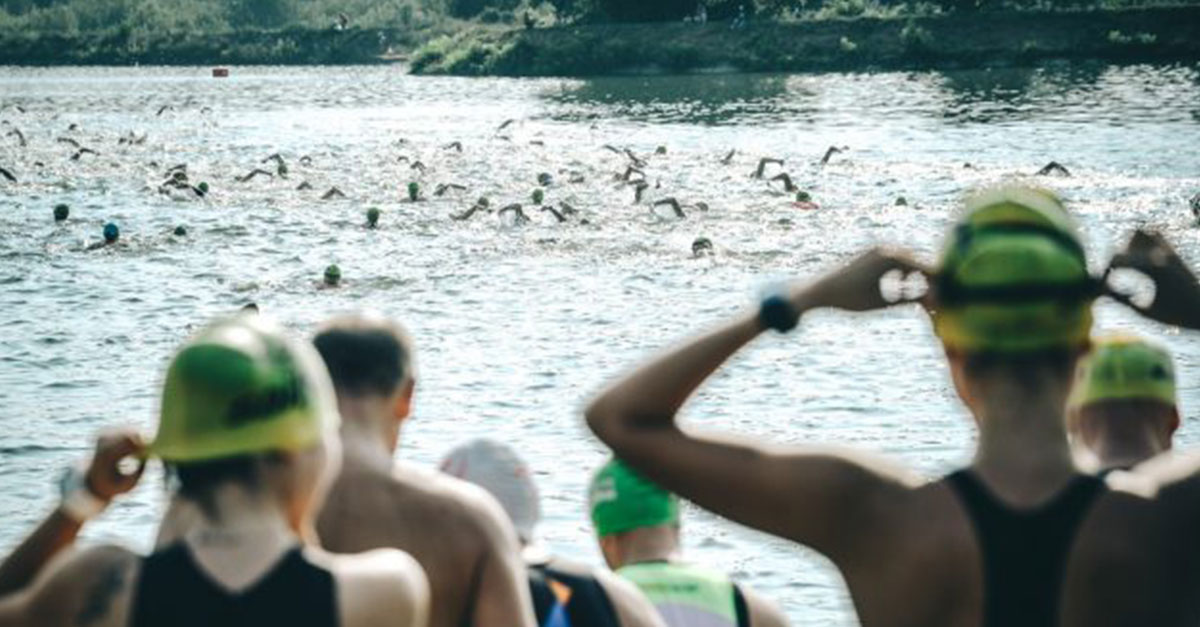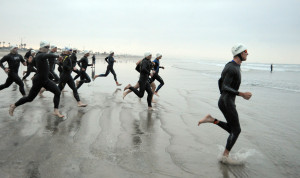Choices, choices, choices! The calendar year is packed with athletic events to choose from and it can be hard to choose which ones to include in our schedule. Between favorite triathlon events, races our friends are doing, bucket-list events, the destination competition, we can be easily overwhelmed by the abundance of choice. Here are some tips to keep our schedule sane, crush our goals and have fun doing it.
Start with a review
Take a look back at our previous year, including the good, the bad and the DNFs. Identify what went well and where we can improve. In order to maintain a healthy balance of proper training as well as everyday life, it’s especially important that we consider how our schedule impacted our family and work. Once that’s all down on paper we can move on.
Perform a SWOT analysis
Once we have taken stock of our previous season, the next step is to conduct a SWOT analysis (Strengths, Weaknesses, Opportunities, Threats). This is a crucial part of planning our upcoming season. We need to be honest with ourselves about our strengths and weaknesses and then take a look at any opportunities in the future. This is the time to consider what the upcoming year has in store. Have our friends been talking about an interesting new course? Is there a raise coming this year that could possibly be spent on race fees, coaching or new gear purchases? Once we’ve visualized all the possible opportunities in store for us this year, we can now clearly identify any threats or challenges in our path to success. There might be family and/or work commitments to consider or we may have overdone it in our last season and need to ease off on the number of races we schedule for this year. Injuries are certainly a threat as it not only keeps us from training, but it can also be a tough on our finances.
Prioritize
Now that we know where we stand going into the season, we can pick our A, B and C races. A’s are priority races which will be the focus for our season, and they should be limited to a couple. B races should support and help us prepare for our A races. C races are just for fun or supported training days. Even if we are not a competitive athlete, we need to think about our season this way so that we don’t get burned out or injured (or broke). After all that is said and done, we need to space out our races so we give our bodies enough time to recover. Athletes over 40 may need more time, but a general rule to keep in mind is 1–3 weeks after a sprint, 2–5 weeks after an Olympic, 5–8 after a 70.3 and 8 weeks after a full Ironman.
Review before the test
Once we have picked out our races, we can go back and look to see how well they fit into our SWOT analysis. Any A race should be a course where we feel confident we can perform well. Not feeling strong on hill climbing? Pick a hill race as a C priority and let it support the training for that A race.
Hit enter
Sign up for chosen events early to get the best deals on registration. We need to remain disciplined and avoid drifting from our plan. Social media sign-up pressure is real and can be incredible powerful if we’re not prepared.
Geek Out
Here are a few great tech tools and apps available to help us train smarter:
Coach’s Eye video analysis app
This one is great for swim and run sessions. It enables us to pinpoint hand entry or foot strike and measure angles to prevent injury and increase speed and efficiency in the early season.
Edufii is useful for sharing video online. We can post a video and make comments. Even better: we can post a video and receive input from our coach.
Training Peaks training software
This a great tool for creating and sharing training plans and it’s super user-friendly.
My Fitness Pal online calorie counter and diet plan
This app does it all! Not only does it track daily caloric intake, macro and micronutrients and graphs our goal progress, it integrates with Training Peaks, giving us and our coach a great view of our nutrition periodization.
For those of us concerned about safety (or prone to get lost), this app allows us to leave virtual trail of breadcrumbs.
This $25 pod clips on a shoe, keeping track of mileage, pace, cadence, foot strike, run efficiency and more.


